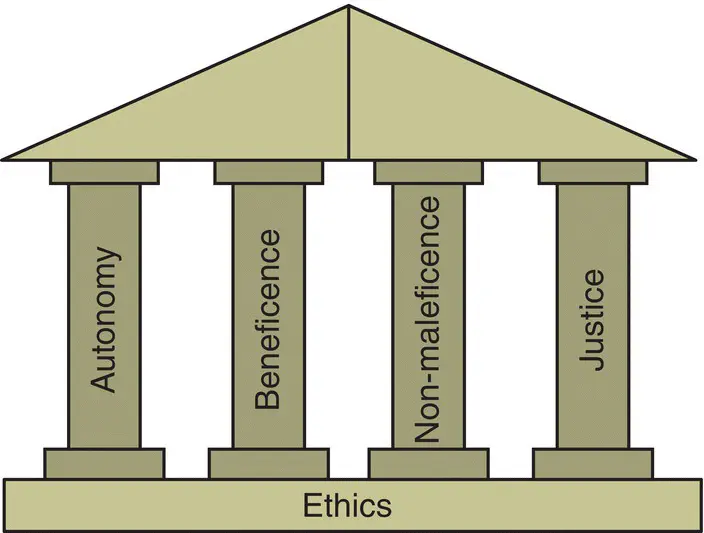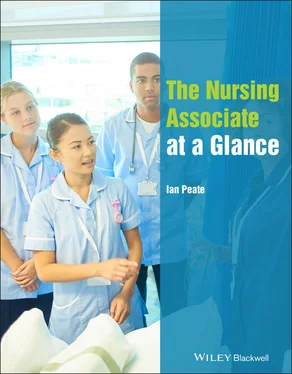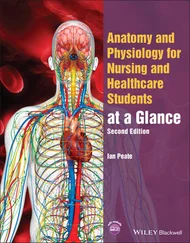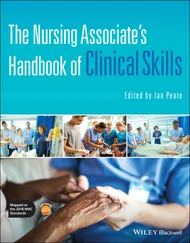Care delivery or the provision of advice on treatment or providing help (including preventative or rehabilitative care) must be done without too much delay, to the best of abilities. Care is provided on the basis of the best evidence available and best practice. The Nursing Associate must communicate effectively, maintain clear and accurate records and share skills, knowledge and experience where appropriate. They must reflect and act on any feedback received so as to improve their practice.
When practising, the Nursing Associate must ensure that patient and public safety is not affected, working within the limits of their competence. Exercise the professional ‘duty of candour’ and raise concerns without delay whenever there are situations that put patients or public safety at risk. Where appropriate take necessary action to deal with any concerns.
Promote professionalism and trust
The reputation of the profession must be upheld at all times, and the Nursing Associate is required to display a personal commitment to the standards of practice and behaviour set out in the Code. The Nursing Associate should be a model of integrity and leadership that others would wish to aspire to. This should lead to trust and confidence in the profession from patients, people receiving care, other health and care professionals as well as the public.
The NMC provides a framework against which the Nursing Associate practises. The Nursing Associate’s primary duty is to the people whom they care and offer support to; actions (or omissions) will be judged against the backdrop of the Code. Nursing Associate is a protected title and may only be used by someone on the NMC’s register.
At the point of registration, the Nursing Associate will be able to:understand and apply relevant legal, regulatory and governance requirements, policies, and ethical frameworks, including any mandatory reporting duties, to all areas of practice.

Figure 2.1 The law and ethics.

Figure 2.2 Ethics.
Table 2.1 Governance.
| Clinical governance addresses activities that can help to maintain and improve high standards of patient care. |
| Policies |
National policies have a major impact on the resourcing of services; they also set performance indicators and evaluation criteria. Policies exist that define and integrate appropriate standards for delivery of care, addressing conditions necessary for that care to occur. |
| Protocols |
A document developed to guide decision‐making around specific issues. Protocols exist for a wide range of activities. These can range from clinical issues such as caring for someone with an infection through to the procedures required to provide nurse‐led physical exercise intervention for people with dementia. |
| Standards |
These reflect a desired and achievable level of performance against which a Nursing Associate’s actual performance can be compared. The key aim/purpose is to direct and maintain safe and clinically competent nursing practice. |
| Guidance |
Guidelines are evidence‐based recommendations for health and care. They set out the care and services suitable for most people with a specific condition or need and for people in particular circumstances or settings. |
| Procedures |
Using an evidence base. These detail how to do things, for example, the principles of hand hygiene and the procedure for cleaning the hands. |
With regard to policies, protocols, standards, guidance and procedures – know them, read them, use them.
The law and ethics permeate every aspect of nursing practice. Often Nursing Associates and others ask the questions ‘what is legal' and 'how do I decide what is right' so that I might practise safely and ethically. The law and ethics are intimately related to each other, often overlapping ( Figure 2.1). Legal and regulatory frameworks come in the form of law and the Code (NMC, 2018).
Ethics can be described as moral philosophy. This is a system of moral principles that are concerned with what is good for individuals and for society. Each interaction the Nursing Associate has with patients involves making a judgement about right or wrong, good or bad. Underpinning each interaction, the principles of patient‐centred care are utilised, engaging with the patient at all times. The Nursing Associate needs ask whenever providing care or offering support: is this in the best interests of the patient?
The four key ethical principles address a value that arises in interactions between healthcare providers and patients. The principles address the issue of being fair, honest and having respect for fellow human beings (see Figure 2.2).
Everybody has the right to control what happens to their bodies (self‐determination) based on their values and belief system. Respecting the principle of autonomy means that an adult person who is informed and competent can refuse or accept treatment, drugs and surgery aligned with their wishes. People have the right to control what happens to their bodies because they are free and rational. Decisions made must be respected by everyone, even if those decisions are not in the patient’s best interest.
Those who provide health and social care must strive to improve the health of those whom they provide care and support to, to do the most good for the patient in each situation. However, what might be good for one patient may not be good for another, and each situation is considered individually. This principle is about doing good and avoiding malevolence.
This principle is the essence of healthcare ethics and is concerned with ‘First, do no harm’. At all times the Nursing Associate must avoid causing harm to patients, protecting them from harm.
The final principle requires the Nursing Associate to be as fair as possible when offering treatment to patients and allocating scarce resources. Access to care should be equitable. At all times the Nursing Associate must be able to justify their actions in each situation.
Law is a system of rules and guidelines enforced through social institutions such as the criminal justice system to govern behaviour. Law plays a key role in the provision of contemporary health and social care. Much legislation has been passed that has a profound effect on how care is delivered, for example, the Children Act, The Mental Health Act, Capacity Act and the Health and Social Care Act.
Parallels with ethics and law
Ethics and law are closely related. Laws are made based on the moral values of society (in general), describing the basic behaviour of people. They represent the minimum standards of human behaviours, that is, ethical behaviour. Laws and ethics are systems that maintain a set of moral values, preventing people from violating them, providing people with guidelines on what they may or may not do in specific situations.
Читать дальше














